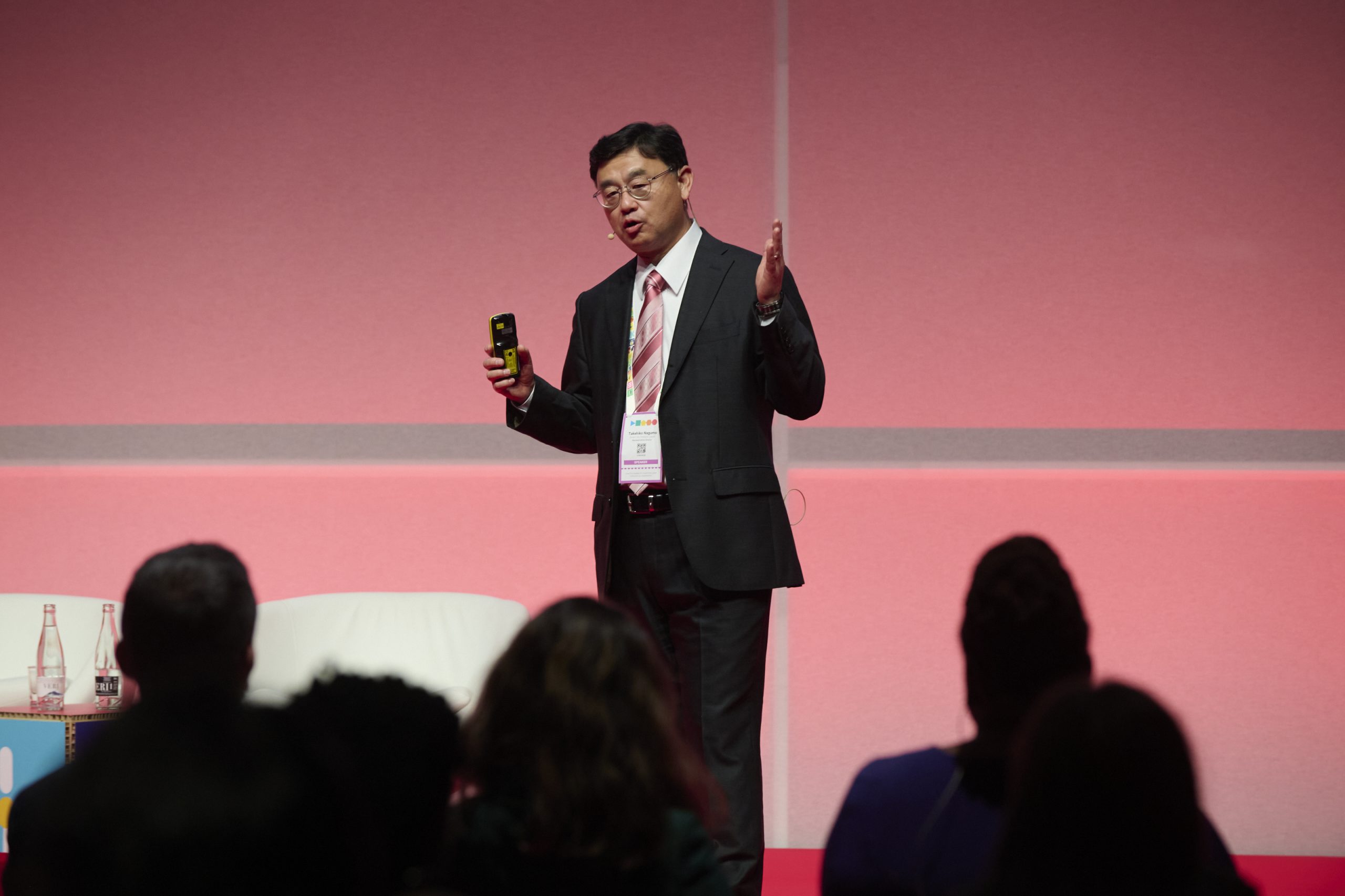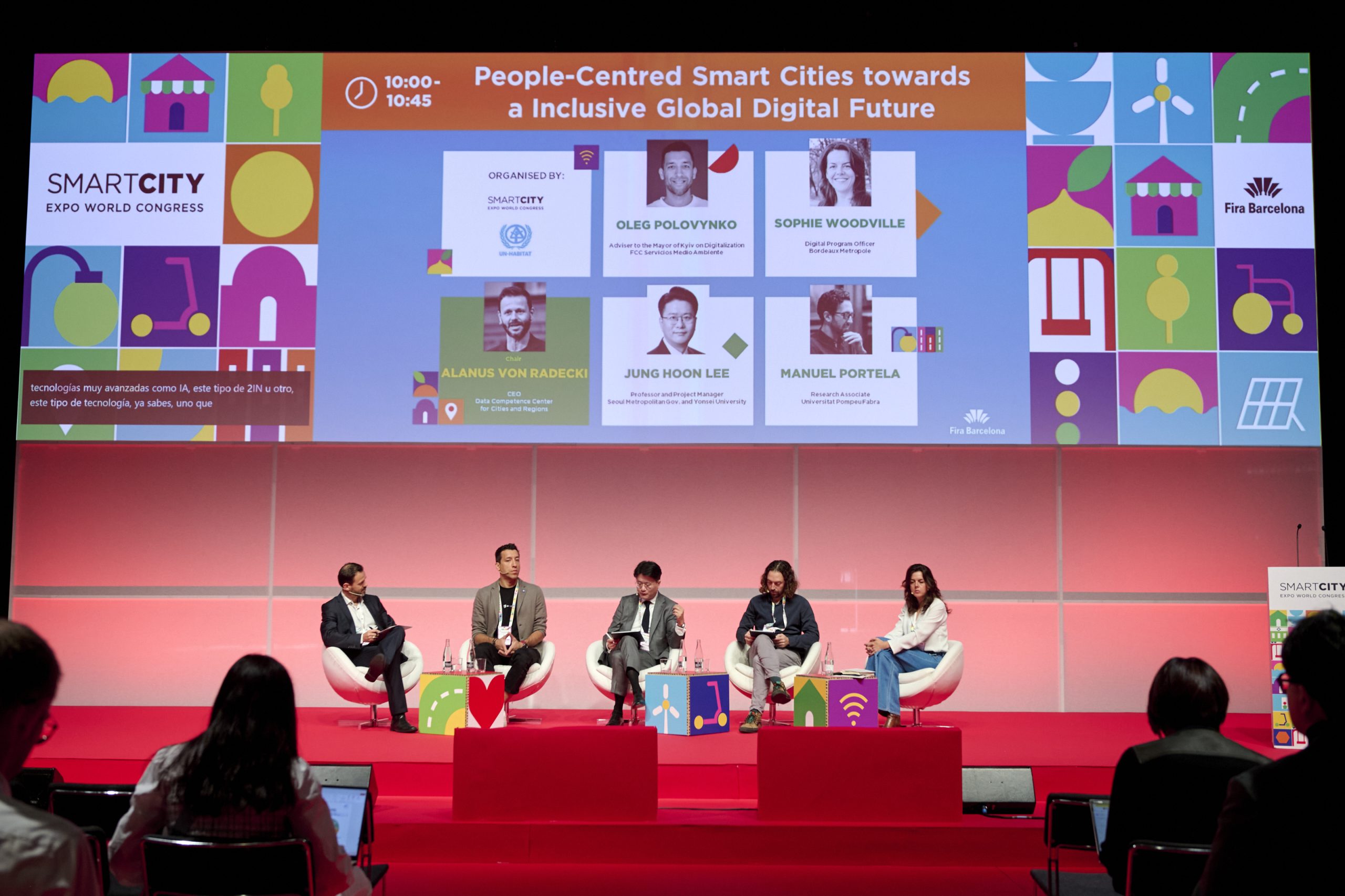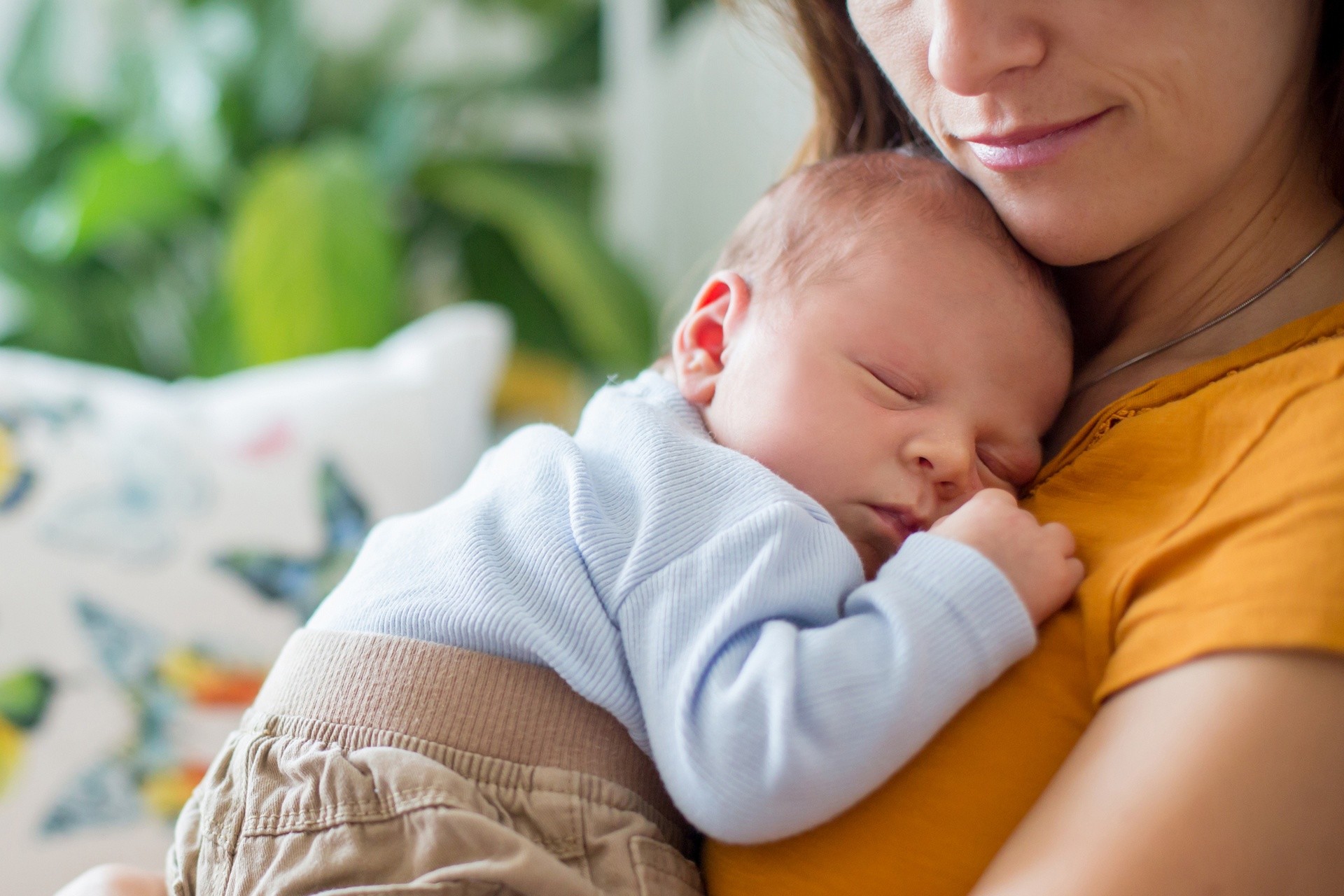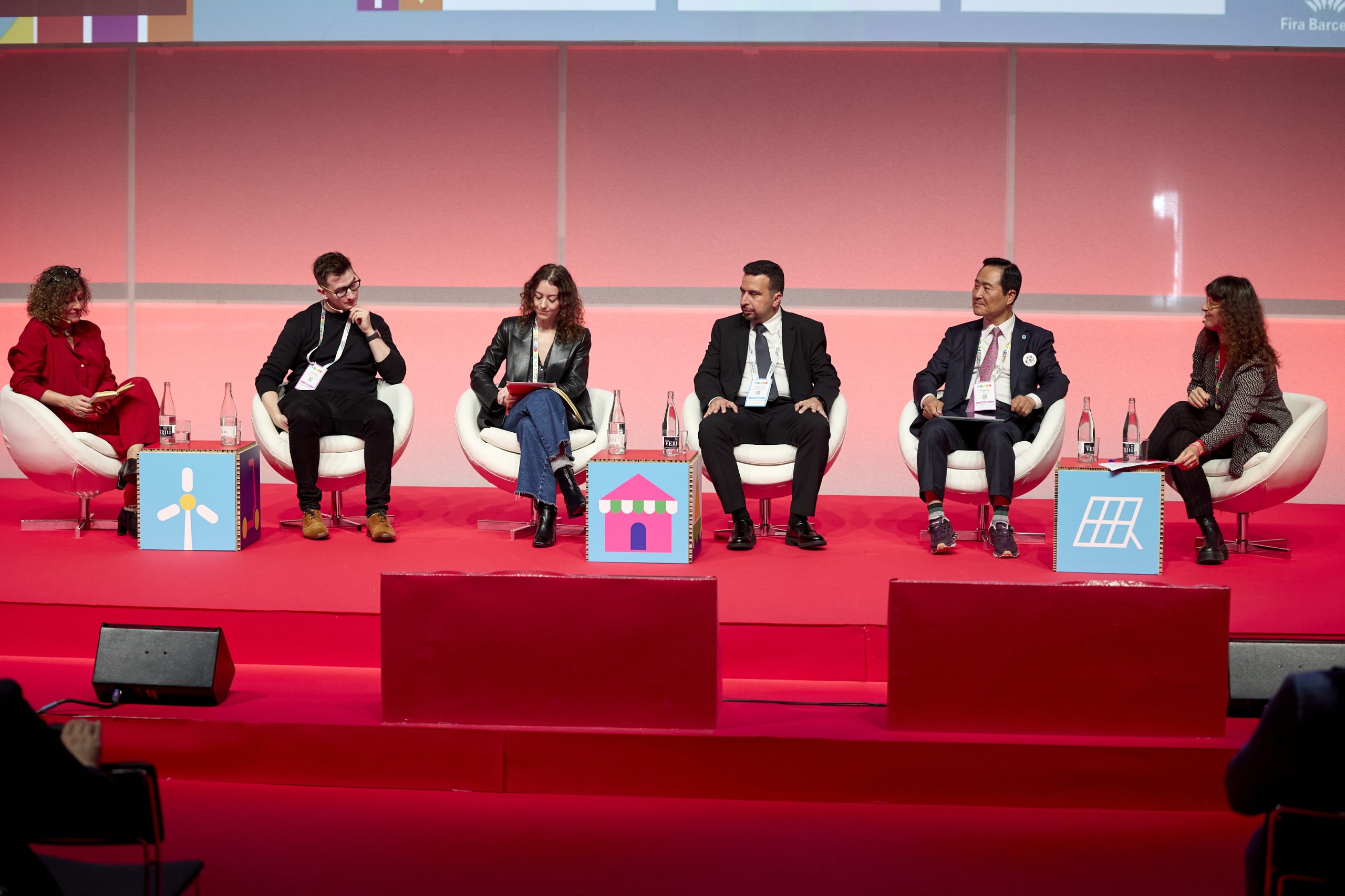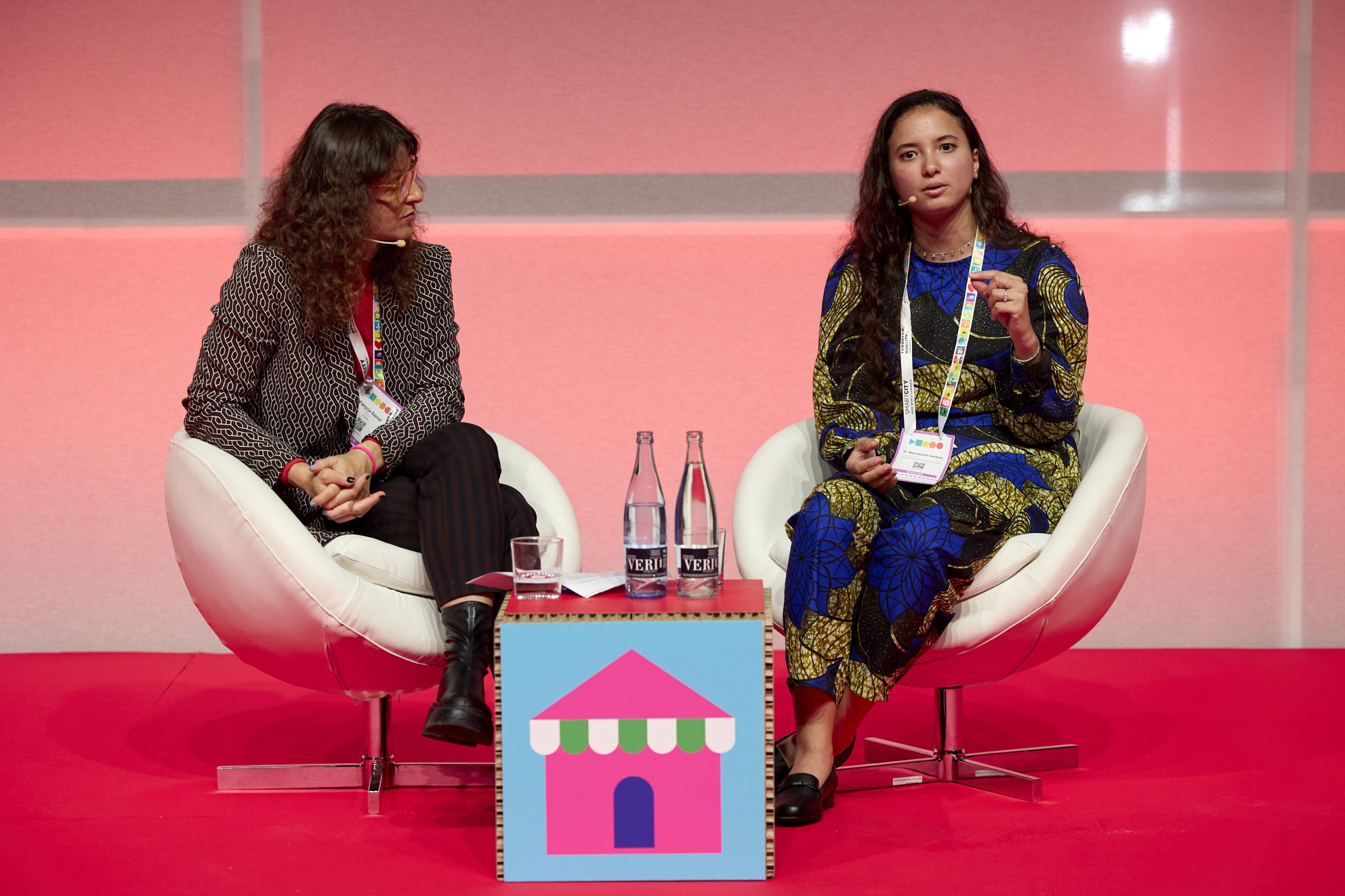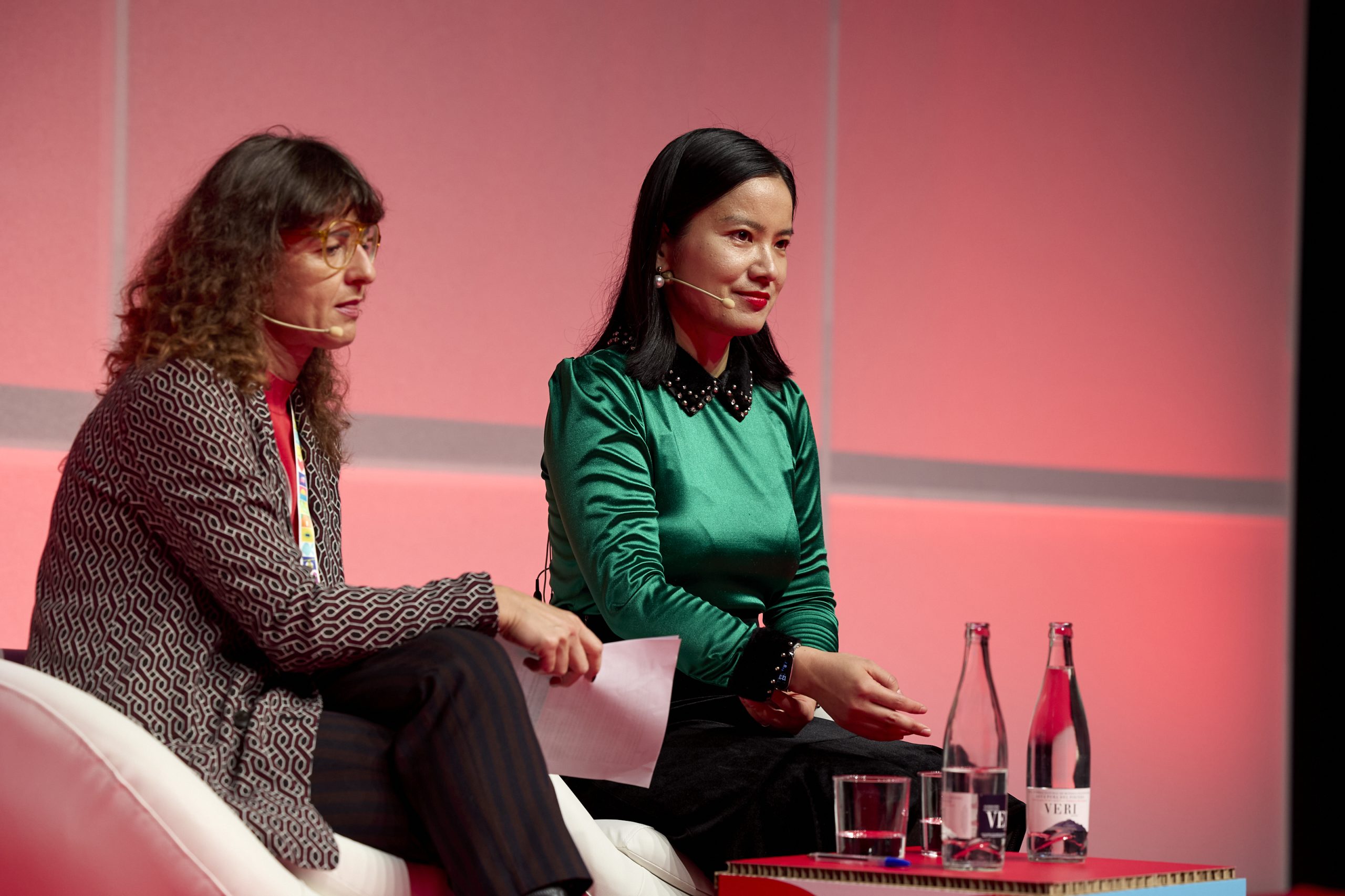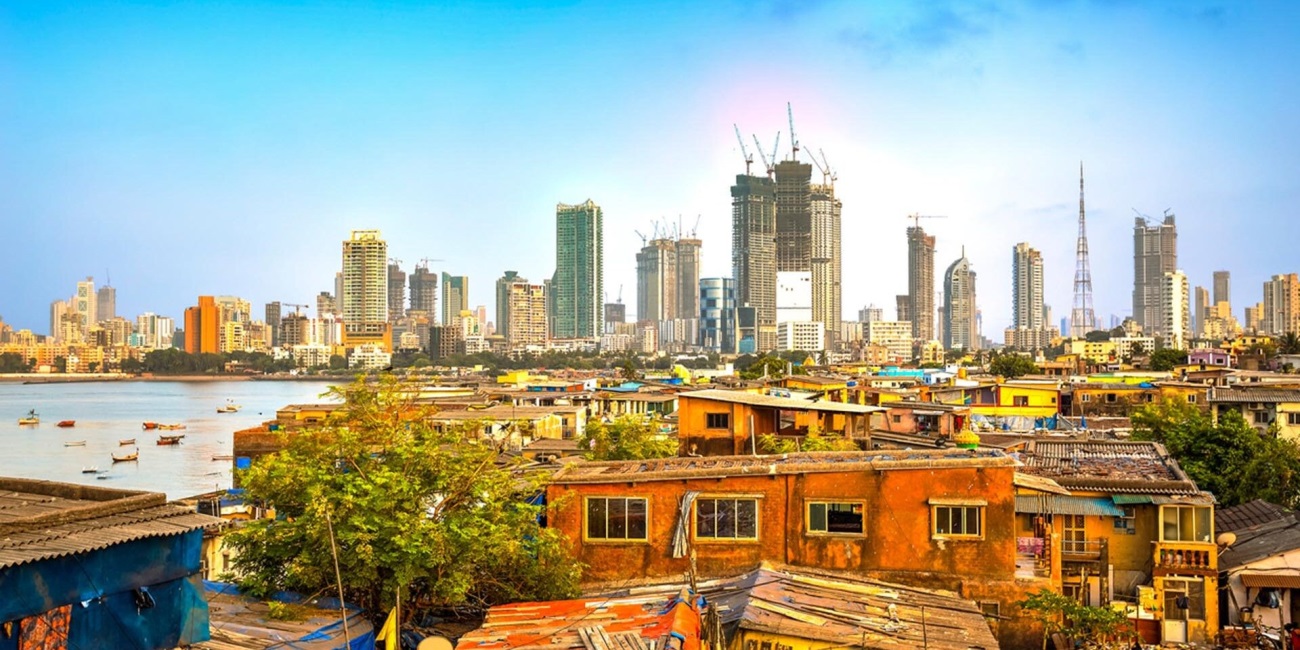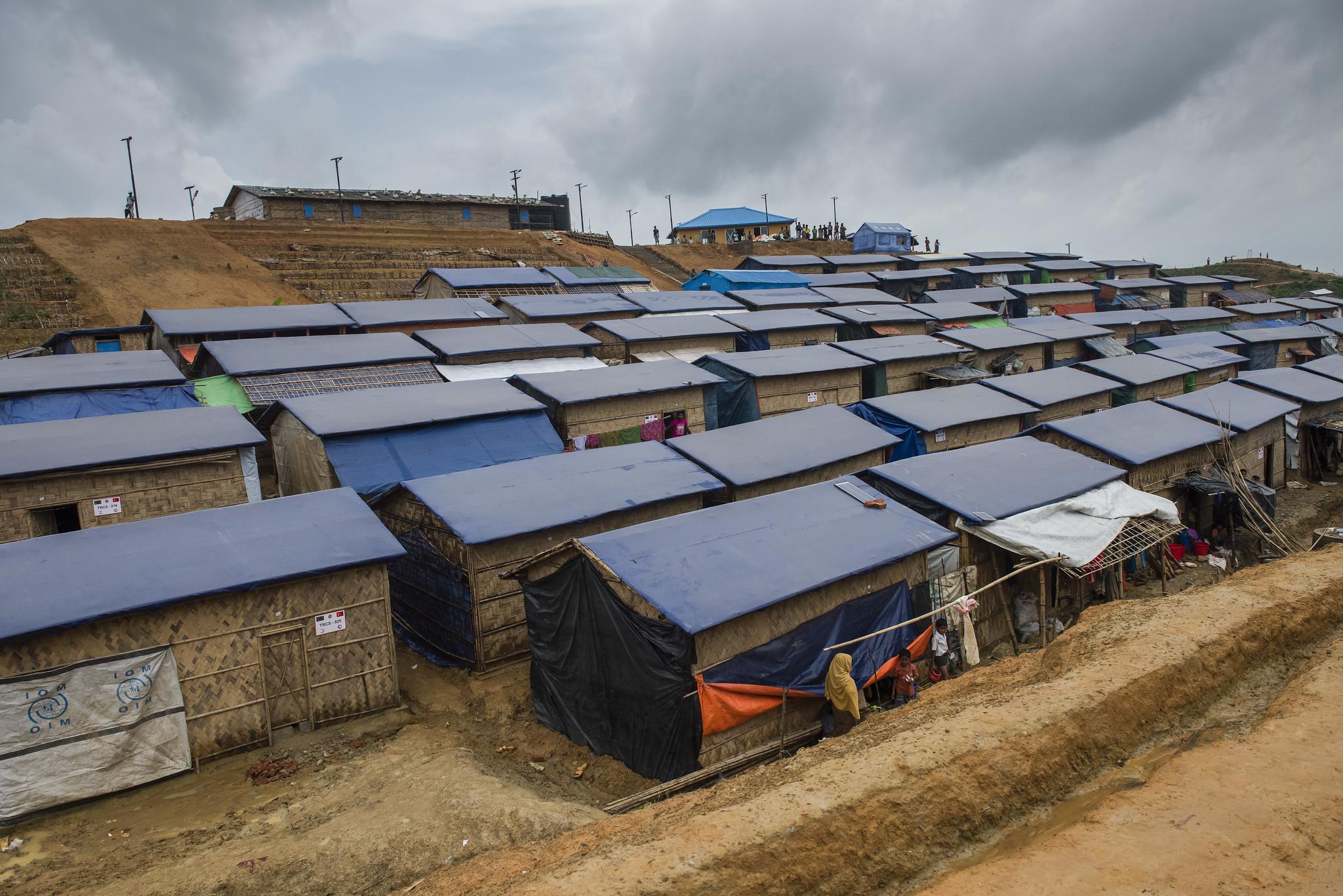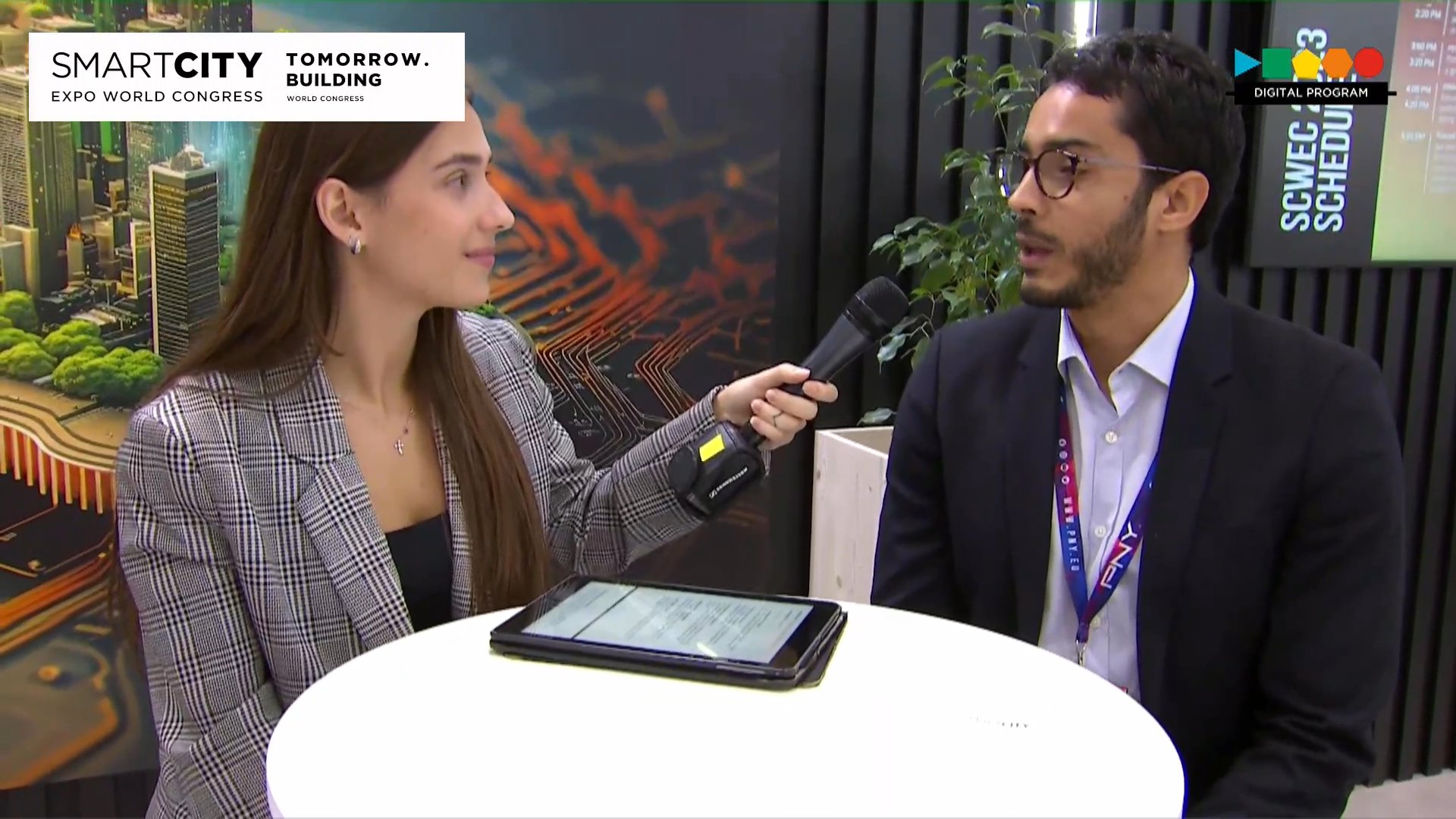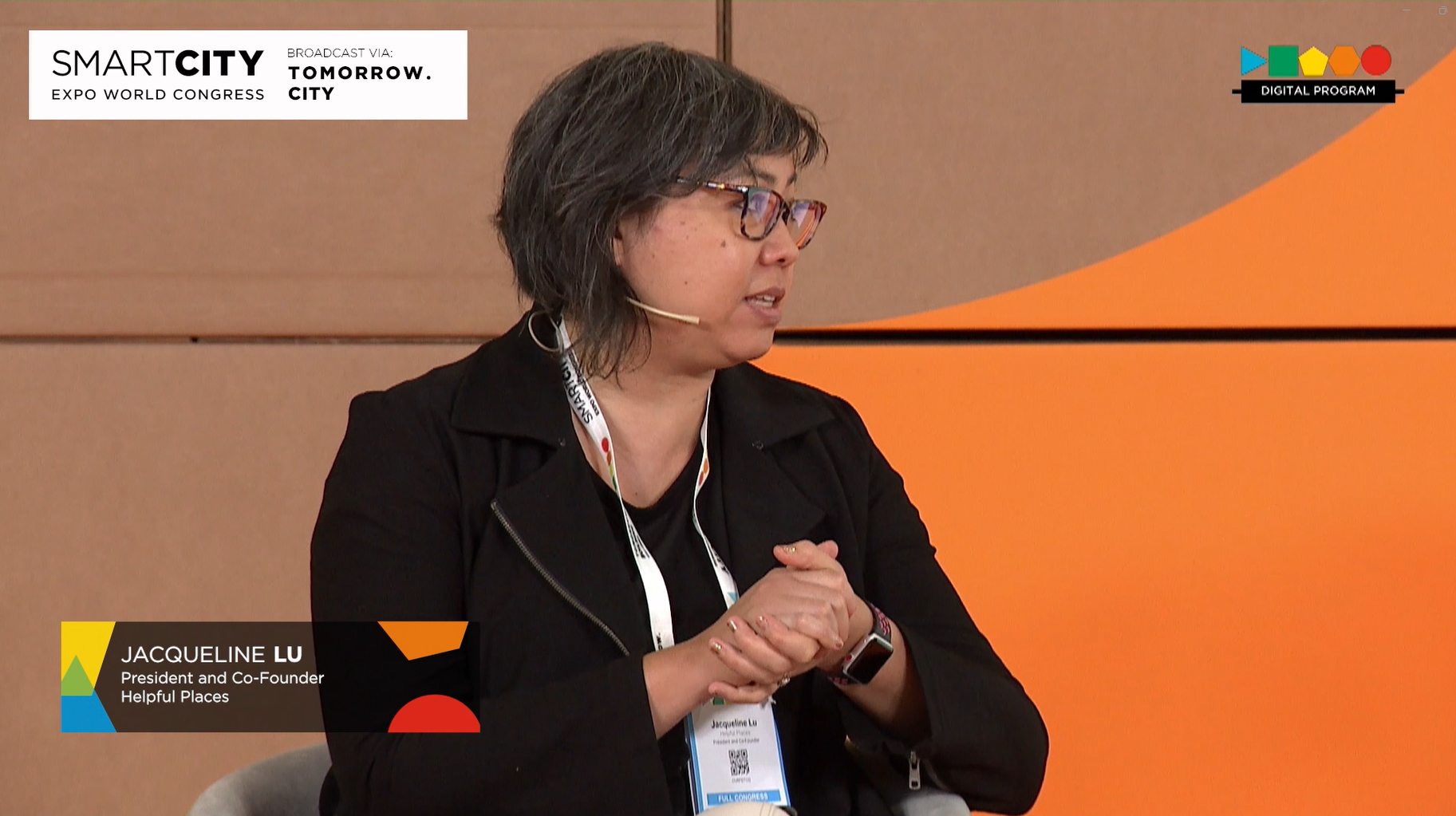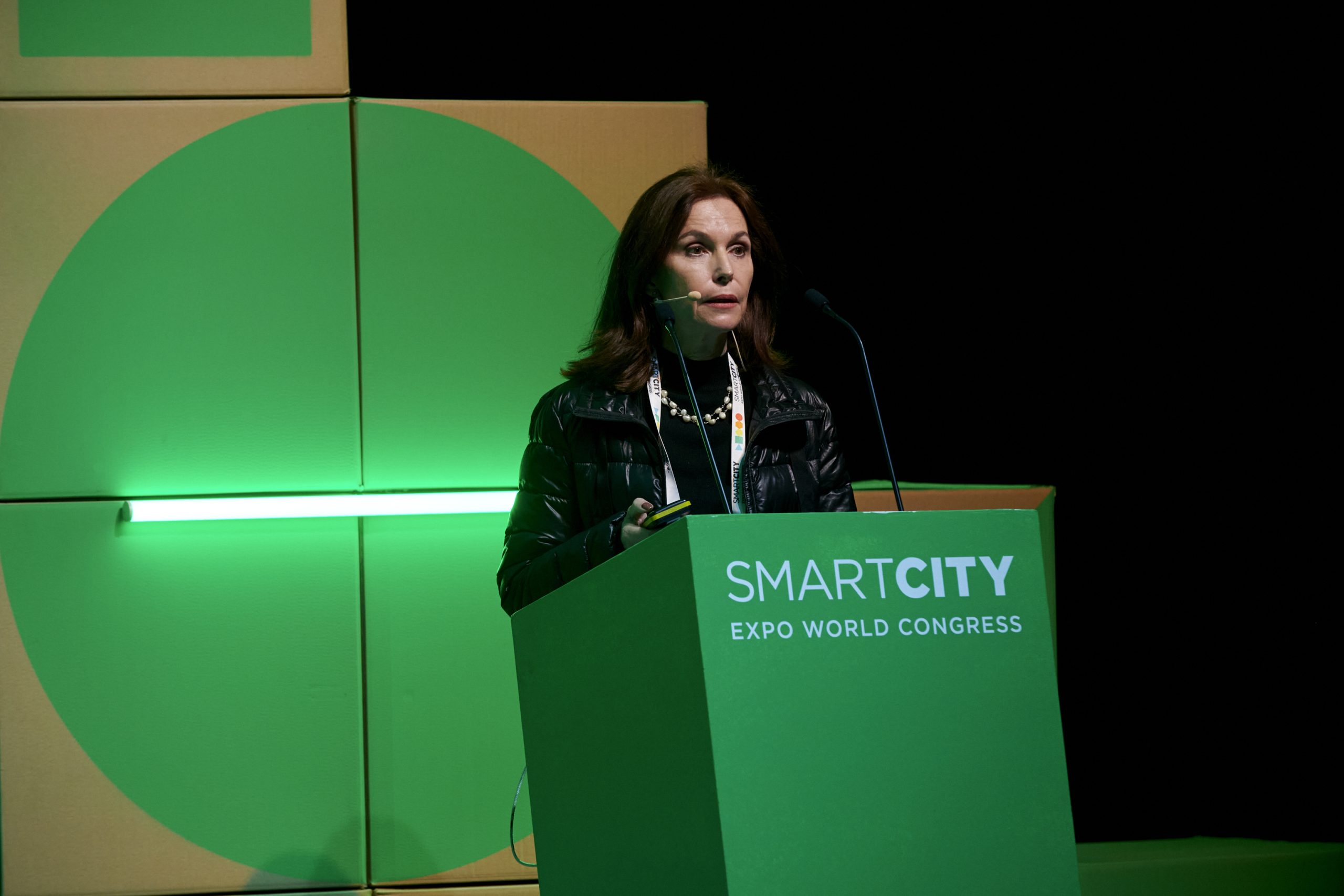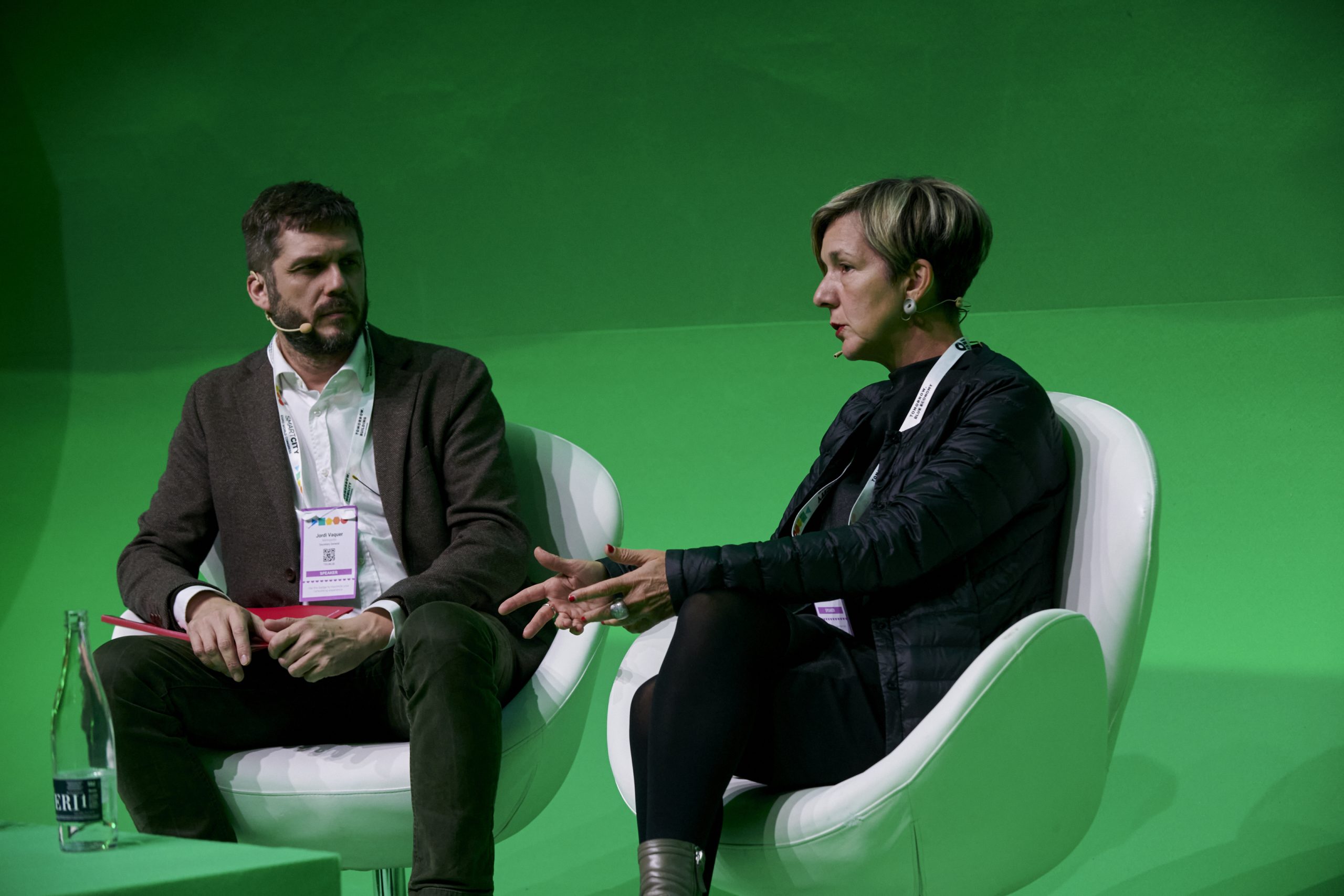Author | Raquel C. Pico
When envisioning what constitutes a smart city or the characteristics that will define the cities of the future, people often imagine highly technological environments reminiscent of futuristic films. Aspects such as sports, nature, and leisure do not typically occupy prominent positions in these utopian visions. However, these elements are fundamental aspects of the plans developed by urban planning departments for the cities of tomorrow.
While popular culture often envisions flying cars, research and development projects have recognized the importance of incorporating more trees, pedestrian pathways, and entertainment activities into urban environments. The health of both people and the planet, surprisingly enough, largely depends on the inclusion of sports and leisure activities.
In fact, expert sources are increasingly convinced of the relationship between the city of the future and sports: engaging in sports activities holds the key to solving many of the problems anticipated in the future, which are, in part, challenges of the present day. Sport helps improve the health of the population, as the development of infrastructures that encourage sporting activities motivates people to be more active and adopt healthier habits. It is also a remedy for combating the loneliness epidemic, as it encourages group activities, fosters connections with others, and even promotes intergenerational exchanges. Its association with the maintenance and creation of green urban areas, as well as the reduction in vehicle use, also helps decrease emissions and makes cities more environmentally friendly.
It is therefore not surprising that Singapore is firmly committed to integrating sports and leisure into its vision for the future. A recurring example when discussing exemplary cities, the island nation has placed spaces for sports and leisure at the epicenter of its urban planning visions.
General plan for recreation

This year it has also launched the Recreation Master Plan. The Singaporean authorities believe that “recreation improves our quality of life and contributes to our mental and physical well-being.” With this plan, they aim to provide options for all ages and interests, ranging from dynamic to more relaxed activities, while also considering nature conservation and the need to foster community.
To achieve this, they plan to open trails and urban routes, as well as develop infrastructures such as ports and stadiums. Similarly, they will design parks that cater to all ages and abilities, and create multifunctional leisure spaces. These efforts will transform public areas into “living rooms” in squares and optimize underutilized spaces, such as those beneath overpasses. The foundation of the project also includes a strong cultural component, as arts and traditions will be integral to these initiatives.
A strategy to be more “dynamic and delightful”

This approach aligns with the essence of the city’s urban planning strategies over recent decades. As indicated in the book “Shaping Singapore through Urban Design,” published by the Centre for Liveable Cities, Singapore aspires to become a dynamic, distinctive, and delightful place through its urban planning. To achieve this, a holistic and sustainable vision of urban planning is crucial.
The reinvention of existing areas and the design of new urban developments, take this into account by incorporating more green spaces. They also intend to create pedestrian networks that are accessible to everyone, regardless of their mobility requirements and capabilities, and that anticipate potential disruptions. For instance, multi-level pathways are designed to alleviate crowding during peak hours and ensure continuous pedestrian flow even in adverse weather conditions. An extensive network of bike lanes has also been developed to encourage cycling. Currently, 70% of the central perimeter can be navigated using these bike lanes, with the goal of completing the entire island’s network by 2030.
Naturally, these initiatives have benefits beyond environmental effects; by promoting walking and cycling, they not only reduce car emissions but also encourage physical activity. People become more active and less sedentary, while their relationship with the environment also changes positively. When you visit places on foot, you fully experience street life. In other words, you truly get to know the places and everything happening within them.
And Singapore enhances these spaces by filling them with vibrant activities. The activities in the central area provide a perfect example of this vibrancy. Surveys were conducted among residents to understand their interests and to design activities accordingly. This approach serves as a great attraction to rejuvenate the population in these areas (engaging young people is essential for urban sustainability) while also promoting culture, leisure, and sport. A collective yoga session in a square is a valuable activity, as participants are not only engaging in physical exercise but also enhancing their well-being. By practicing together, they foster a sense of community and develop a deeper connection with the place where they are engaging in the activity.
The only urban blue zone

Singapore managed this transformation despite its high population density. Although many people live in a small area, Singapore has managed to incorporate essential infrastructures for sports and leisure without sacrificing space. They are seizing opportunities both in the reinvention of existing urban areas and in the design of new ones.
This is how they are integrating green zones into the urban planning of various neighborhoods. In the city’s buildings, which house families of various compositions, incomes, and ages, activities are organized in communal areas to ensure everyone can participate. This encourages people to get to know their neighbors, reducing loneliness, and immediately establishes a sports and leisure agenda.
This initiative yields benefits in the short, medium, and long term. Singapore has become the world’s only urban blue zone, one of the places with the best aging ratios, by adopting a holistic approach and recognizing the importance of urban planning in impacting the health and well-being of its inhabitants.
In Singapore, 54% of the population practices sports at least once a week, and 26% engage in sports three times a week. This is a significant improvement compared to the early 1990s, when only 8% of the population regularly practiced sports. This progress stands in stark contrast to the global trend, where a lack of physical activity has become a concerning issue.
Reinventing the city-brand
Equally important is the effect that sports and leisure have on a city’s brand image, as this transformation influences both internal and external perceptions of the city. The characteristics attributed to them become more positive.
In fact, academic studies already associate Singapore’s reinvention with its commitment to these initiatives. At the beginning of the century, Singapore was primarily seen as a business city. Today, it has achieved a more diverse and multifaceted appeal. Singapore has achieved this transformation through its commitment to sports, both in terms of urban planning and hosting events, providing the city with an additional dimension.
Image | imtmphoto/istock, joyt/iStock, anahtiris/iStock, morpheuse/iStock



















